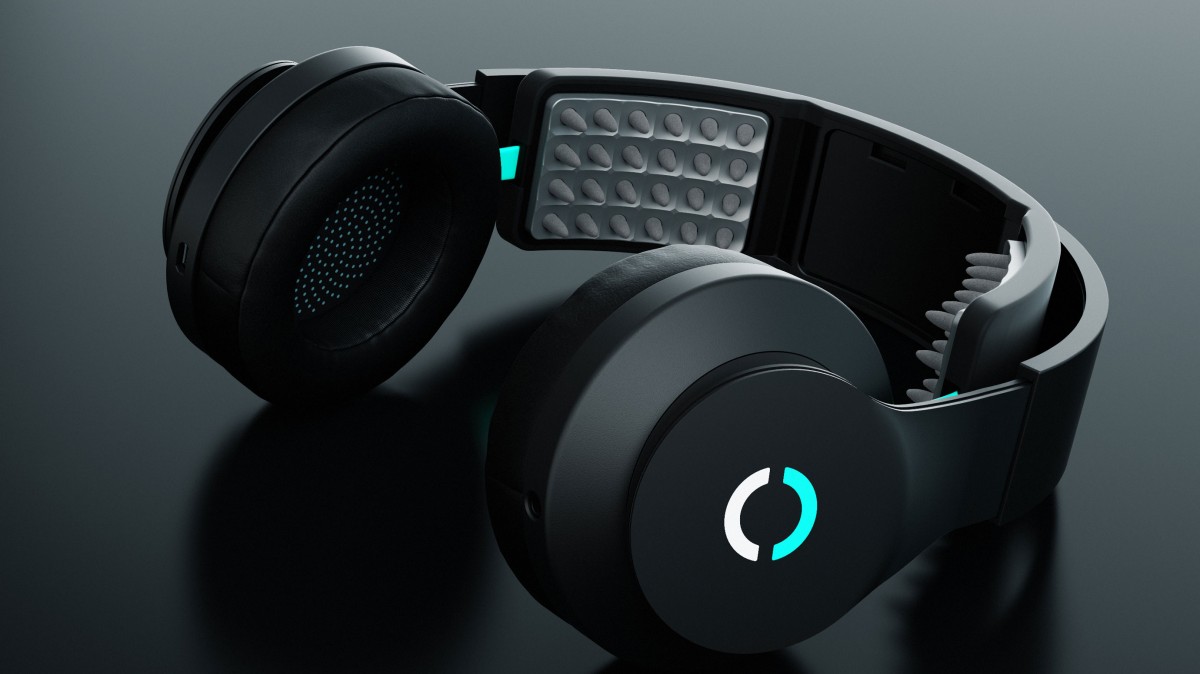
We know personality comes from the brain, but does that mean the brain’s shape and composition affect personality as well?
Previous studies have attempted to find links between brain structure and personality types, but new data indicates otherwise. A new study, the largest of its kind, suggests these links may not be so strong after all. In fact, they may not even exist.
Recently Duke researchers, led by Reut Avinun Ph.D., a postdoctoral associate at Professor Ahmad Hariri’s lab, analyzed the MRI scans of over a thousand people to determine potential links between personality and brain shape.
Although there are many personality neuroscience studies, consistent and reliable findings have not been established. While most previous studies used less than 300 individuals, this study has a large sample of 1,107 individuals. Additionally, this research comprehensively measures personality with 240 items.
“When I got into the field, people were collecting data sets with only 10 people and doing analysis with only 20 participants,” said Avram Holmes, an asssociate professor of psychology at Yale who was not involved in the study.
Personality studies such as this typically use the “Big Five” personality traits: neuroticism, extraversion, agreeableness, conscientiousness, and openness-to-experience. Extraverted people tend to be outgoing and social and those with high openness-to-experience are imaginative, curious, and enjoy trying new things. High neuroticism and low conscientiousness have been associated with negative health behaviors such as smoking. These were even connected to negative life outcomes, such as depression, anxiety, and poor sleep. By understanding what underlies these behaviors, scientists may be able to better treat them.
For brain shape, Avinun and her colleagues examined brain morphometry, cortical thickness, cortical surface area, subcortical volume, and white matter microstructural integrity. She used a univariate approach, looking at the relationship between one phenotype and one behavior. Statistical analysis also accounted for the factors of race/ethnicity, sex, and age.
Last year, researchers published a paper finding 15 correlations between specific personality traits and neuroanatomical structures. However, Avinun’s new research found that none of these connections held true in the large Duke Neurogenetics Study sample.
When scientists analyze an MRI dataset, there is a lot of freedom in the phenotypes collected and the types of analyses. “With so many degrees of investigative freedom and the expectation that you should see something there, researchers may accidentally find false positives. It’s easy to fall into the trap of making a story about why the effect has this particular brain pattern and see an association that doesn’t exist,” Holmes explained.
Ultimately, Avinun found no links between the Big Five personality traits and multiple features of brain structure.
While this may seem anticlimactic, even null findings are incredibly useful and could lead to recommendations to future research in this area. By showing that links between brain morphometry and personality tend to be small, this research may push the field toward studies with larger samples and guidelines for higher replication rates.
“The brain is plastic and it is affected every day by our experiences, so expecting to find straightforward associations between brain morphometry and personality traits may be too naïve,” Avinun said. “We are beginning to realize that large samples and multivariate methods are needed in neuroscience. Trying to understand what makes us who we are is exciting. Research is really challenging as the field is constantly changing, but it is constantly improving as well.”








